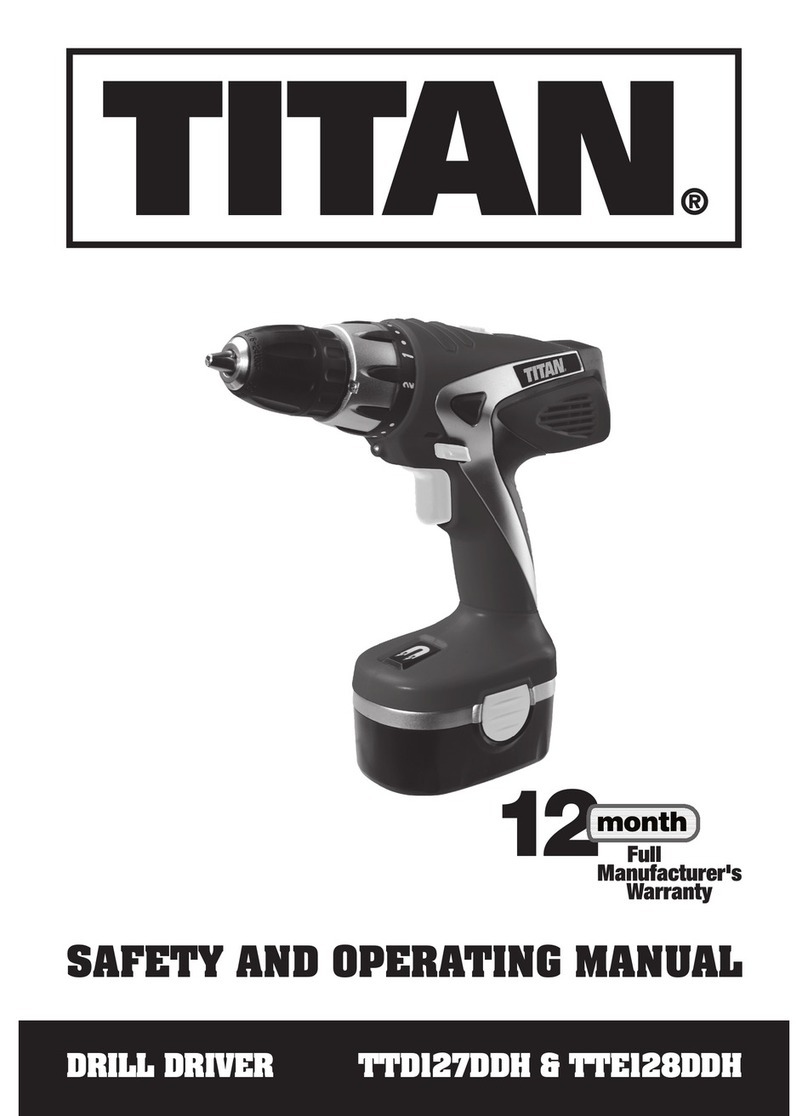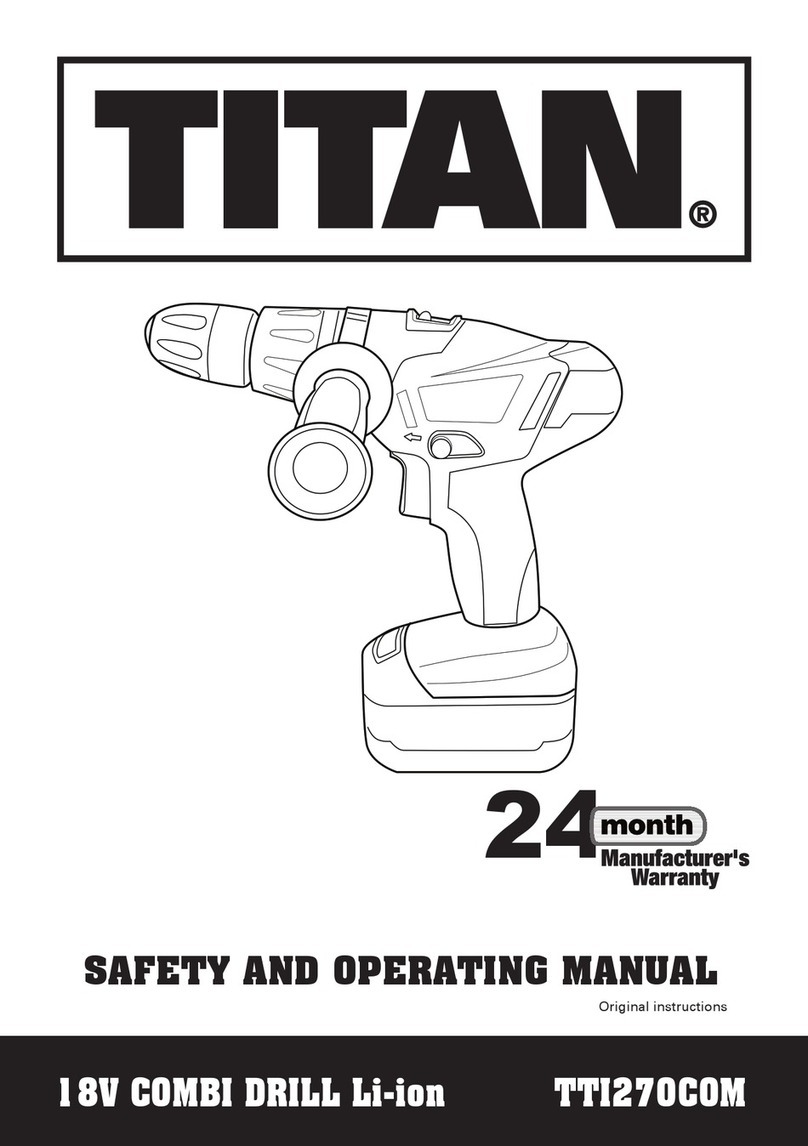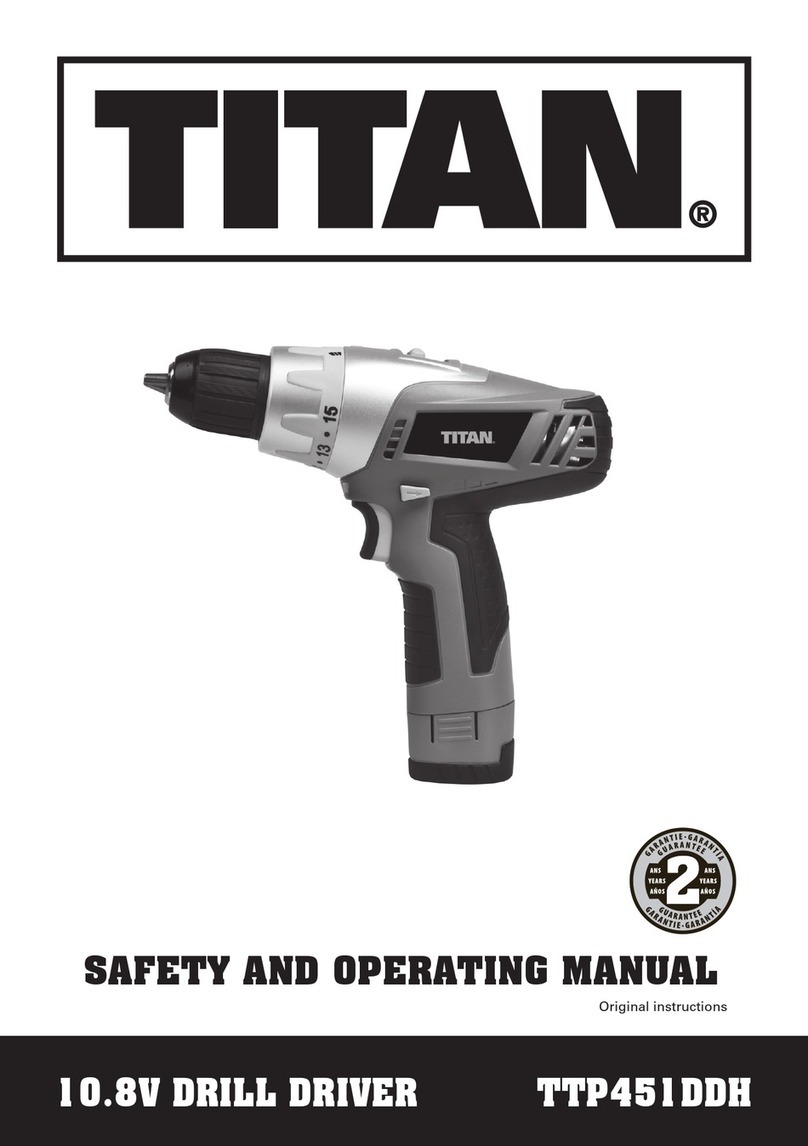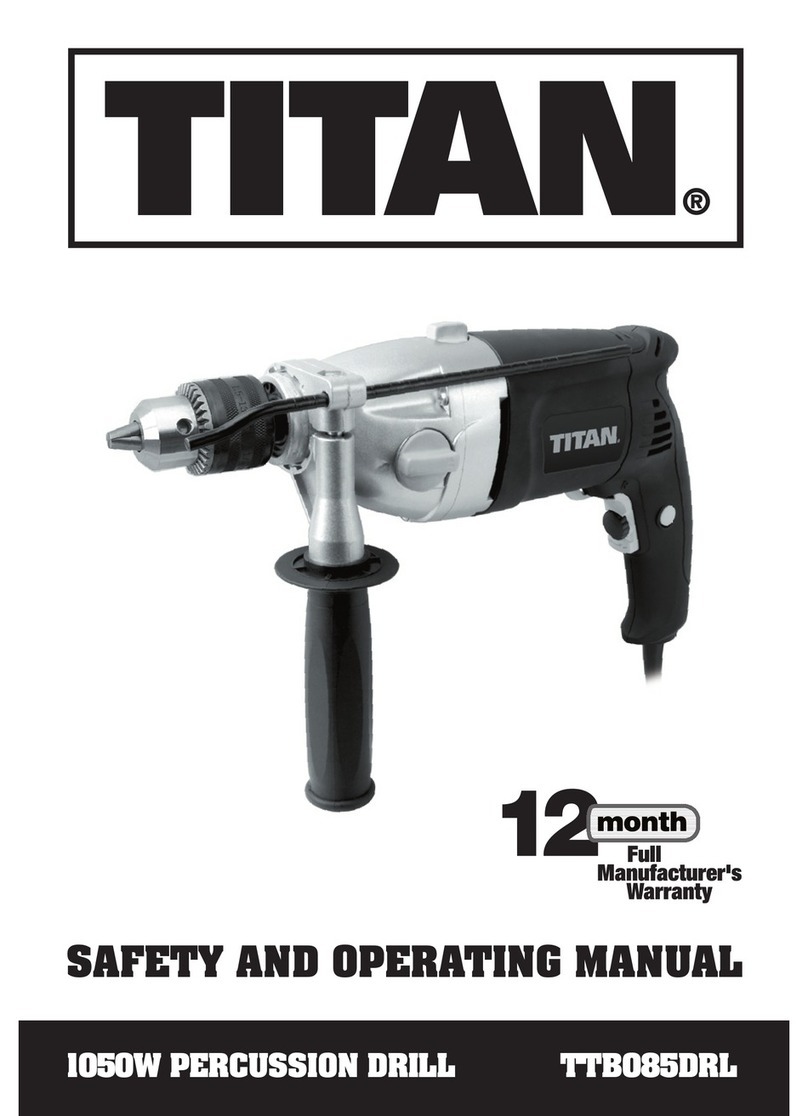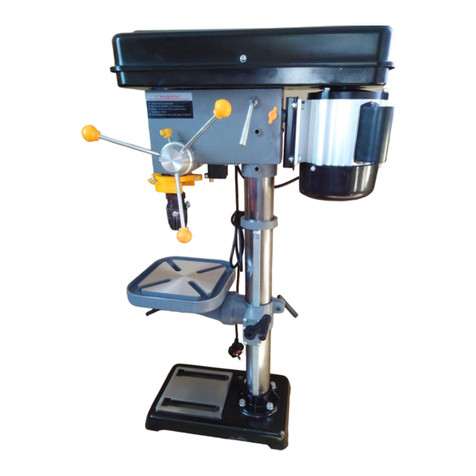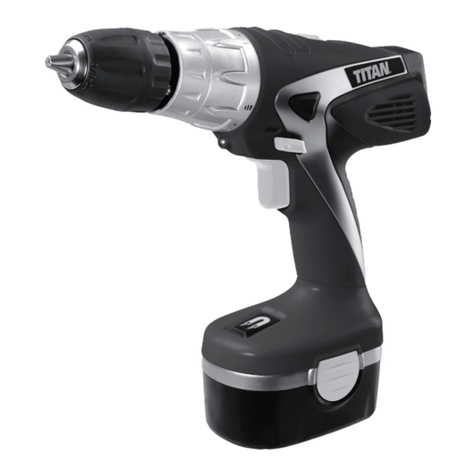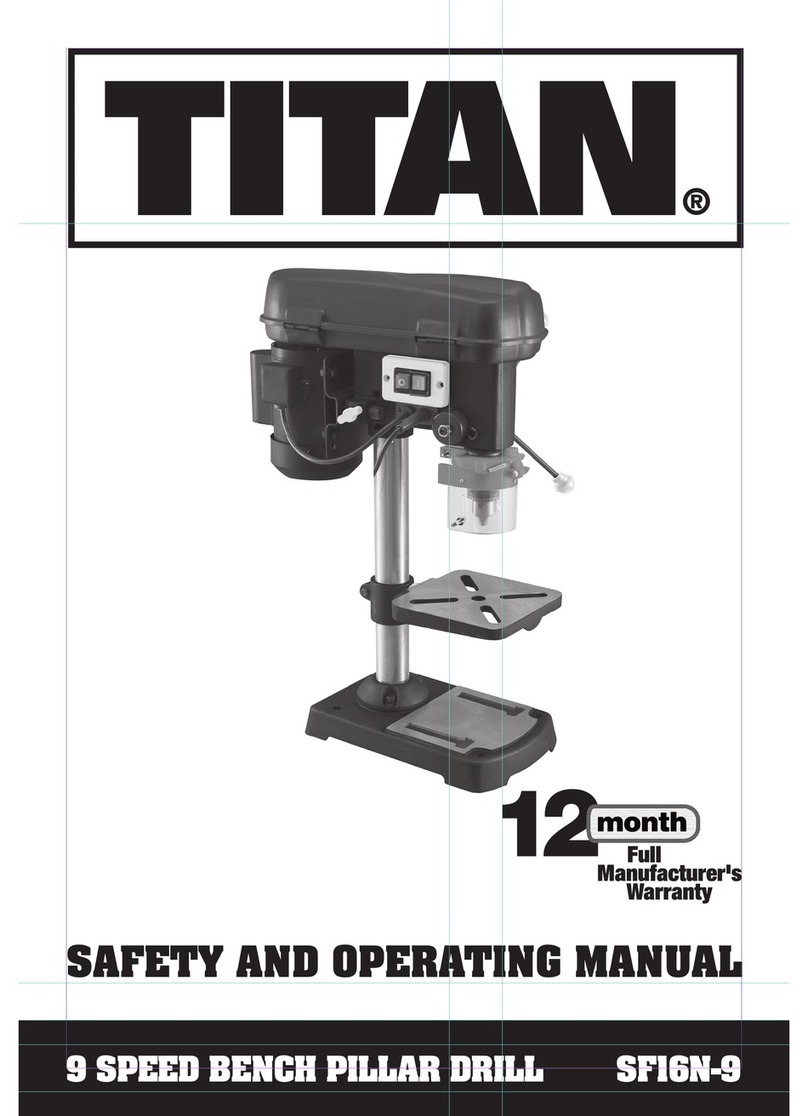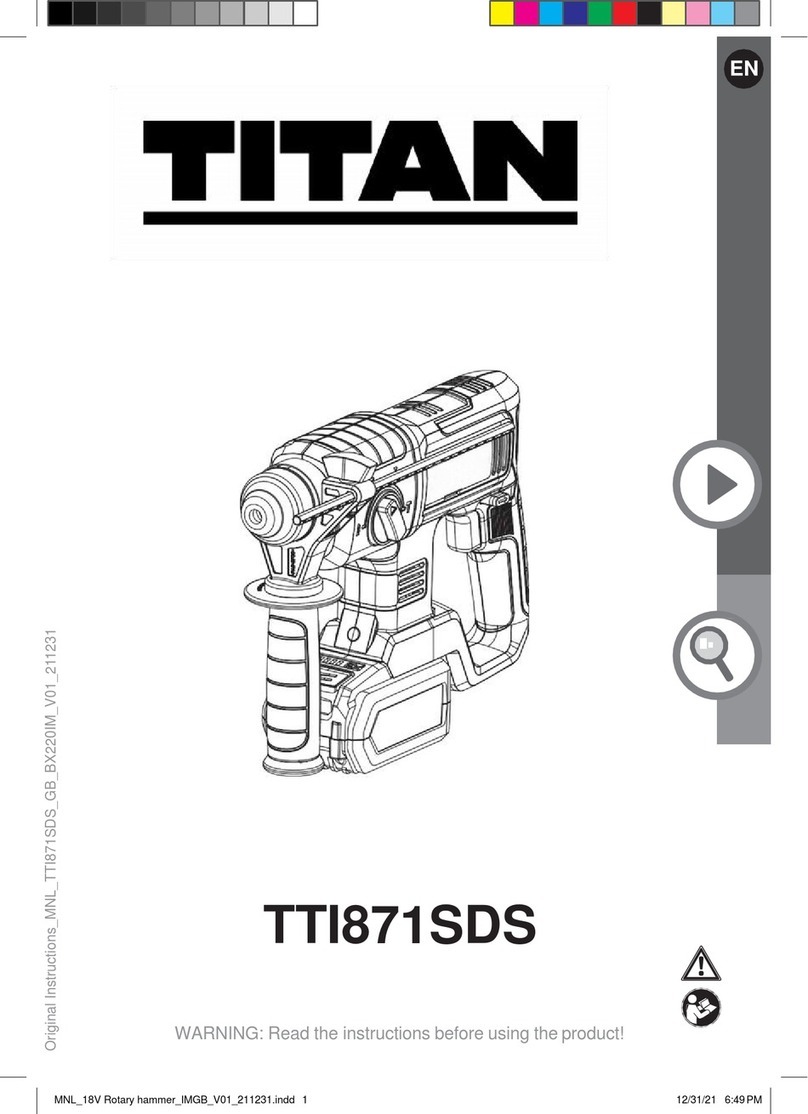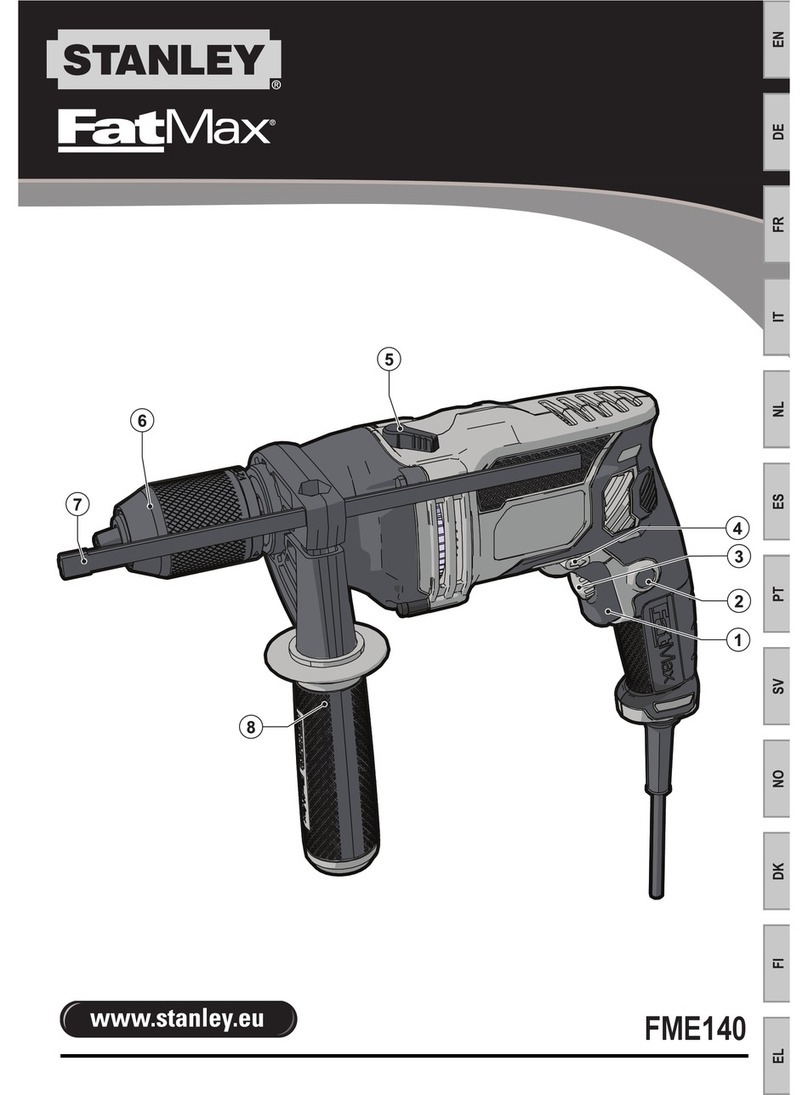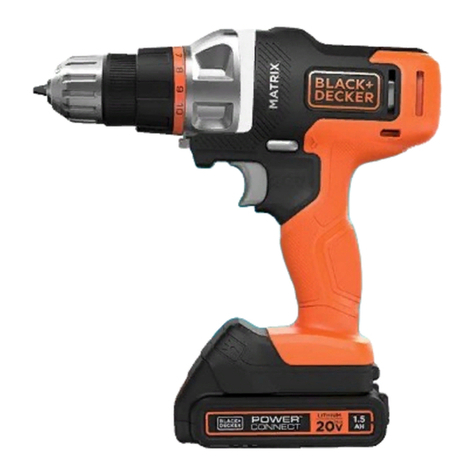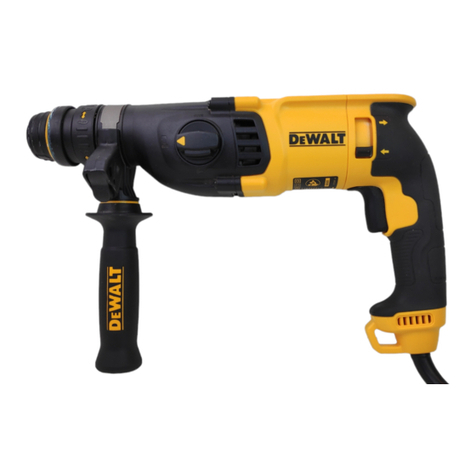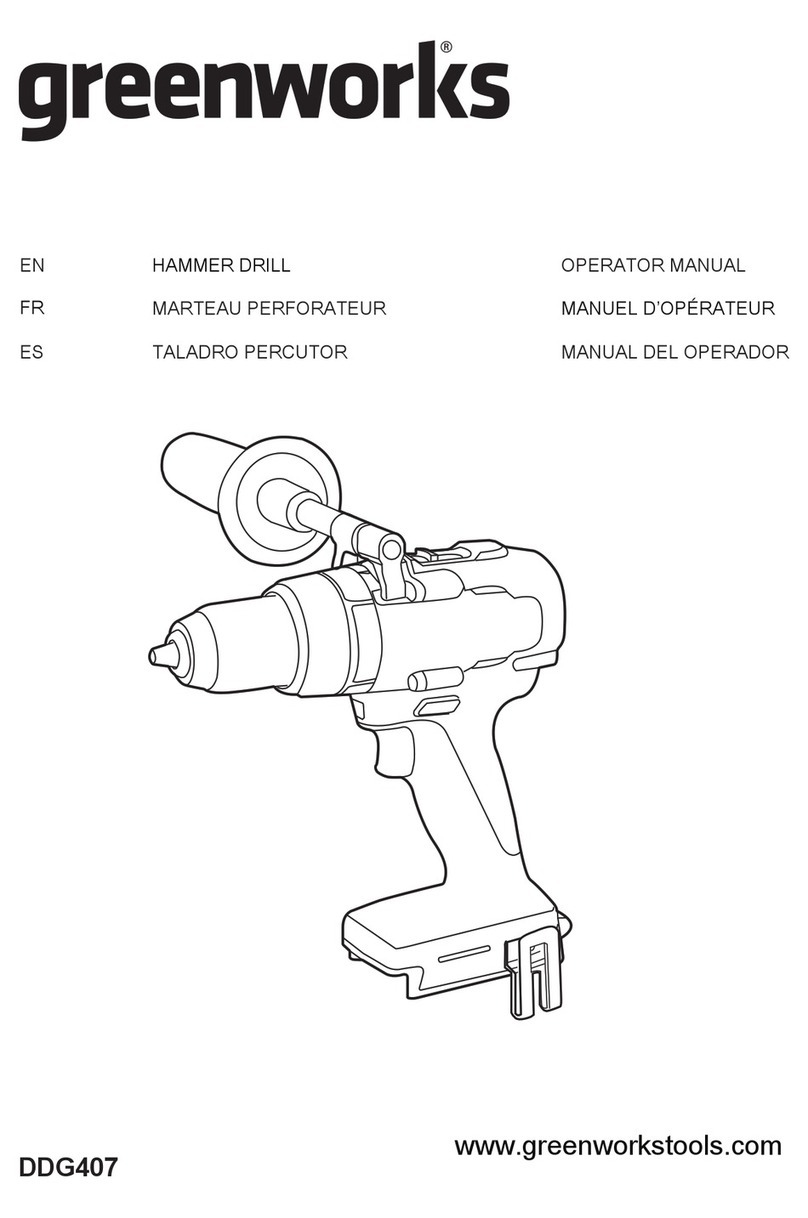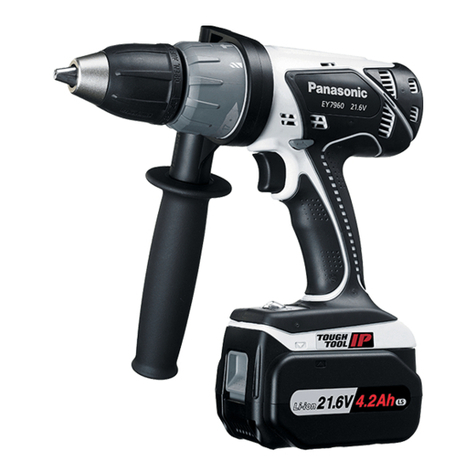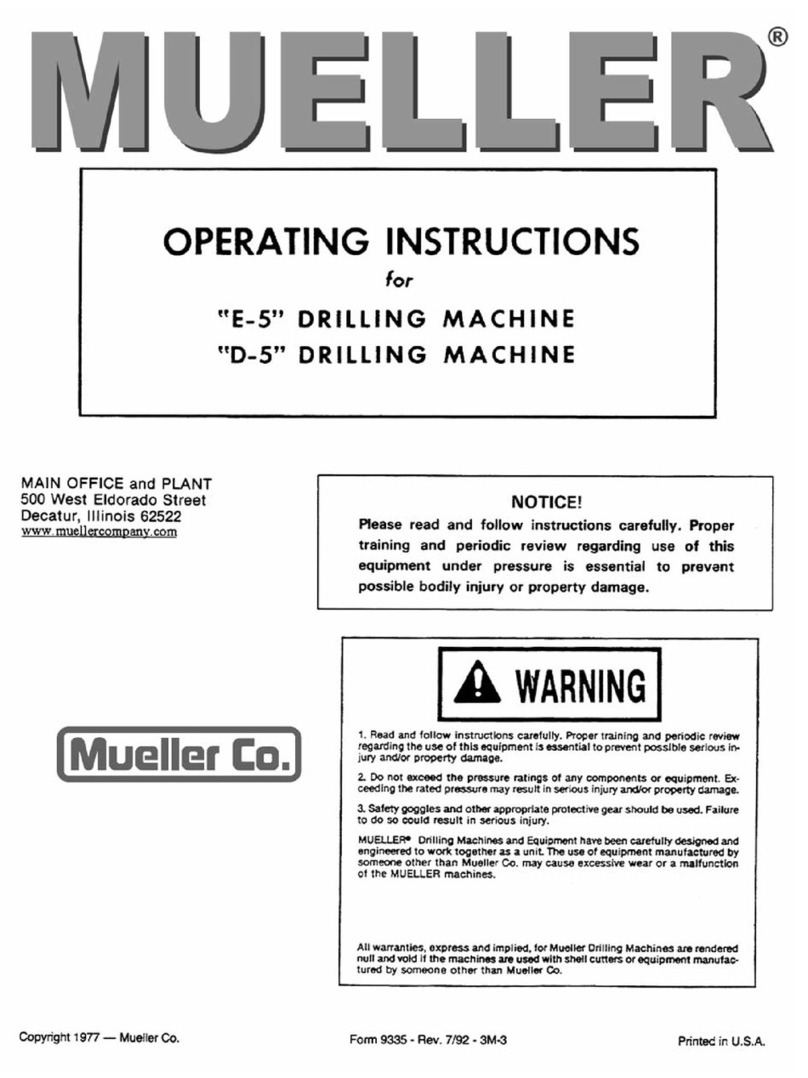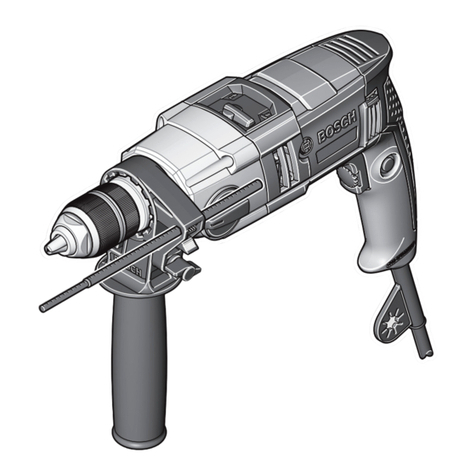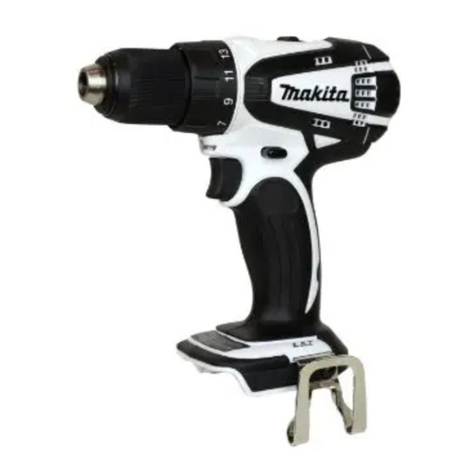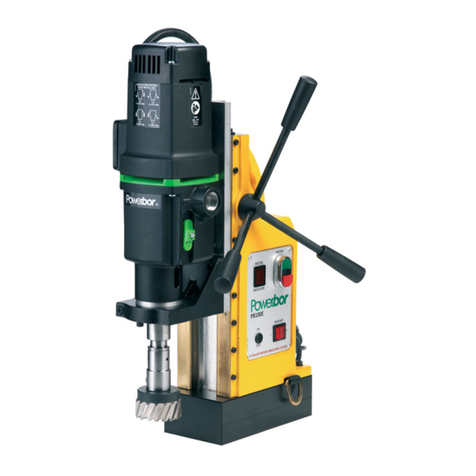FOR BATTERY
1. Always remove the battery pack from the charger immediately after re-charging is completed.
2. When not in use, remove a charged battery pack from the charger.
3. Do not charge a damaged battery pack.
4. Do not charge non-rechargeable batteries.
5. Do not install the battery backwards so the polarity is reversed.
6. Do not connect the positive terminal and negative terminal of the battery to each other
with any metal object (such as wire).
7. Do not carry or store battery together with necklaces, hairpins or other metal objects.
8. Do not pierce the battery with nails, strike the battery with a hammer, step on the battery
or otherwise subject it to strong impacts or shocks.
9. Do not solder directly onto the battery.
10. Do not expose battery to water or salt water, or allow the battery to get wet.
11. Do not disassemble or modify the battery. The battery contains safety and protection
devices, which, if damaged, may cause the battery to generate heat, explode or ignite. The
protection circuit module provided with battery packs is not to be used as a substitute for a
shut-off switch.
12. Do not place the battery in or near re, on stoves or other high temperature locations.
Do not place the battery in direct sunlight, or use or store the battery inside cars in hot
weather. Heating the battery can damage the safety circuitry, which can cause additional
heating, rupture or ignition of the battery. Using the battery in this manner may also result
in a loss of performance and a shortened life expectancy.
13. Do not place the battery in microwave ovens, high-pressure containers or on induction
cookware.
14. If you intend to store a battery for a period without use then store battery at room
temperature (19°C to 25°C), charged to about 30 – 50% of capacity. When storing for very
long periods boost-charge the battery once per year to prevent over discharge.
15. Always charge the battery in a temperature range of 0°C to 30°C.
16. The battery pack and charger will be warm during charging, this is normal.
17. Do not continue charging the battery if it does not recharge within the specied
charging time. Doing so may cause the battery to become hot, explode or ignite. The
temperature range over which the battery can be charged is 0°C to 30°C. Charging the
battery at temperatures outside this range may cause severe damage to the battery or
reduce battery life expectancy.
18. When the battery is worn out, insulate the terminals with adhesive tape or similar
materials before disposal.
19. Do not dispose of batteries in re, or with household waste. Return exhausted batteries
to your local collection or recycling point.
WARNING! Some dust particles created by power sanding, sawing,
grinding, drilling and other construction jobs contain chemicals
known to cause cancer, birth defects or other reproductive harm. Some
examples of these chemicals are:
Lead from lead-based paints.
Crystalline silica from bricks and cement and other masonry products.
Arsenic and chromium from chemically treated timber.
Your risk form these exposures varies, depending upon how often you do this type of work.
To reduce your exposure to these chemicals:
Work in a well ventilated area.
Work with approved safety equipment, such as those dust masks that specially designed
to lter out microscopic particles and use the dust extraction facility at all time.
